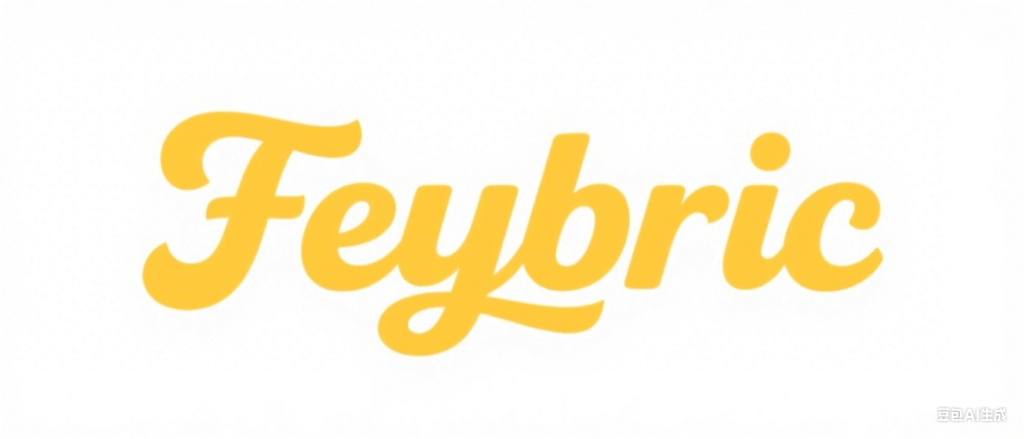Functional Fabric
Feybric Brings More Possibilities to Your Fabrics
No One Fabric Fits All
So Faybric is always creating, innovating and changing
Different scenarios:
Nowadays, people have been making progress, and the use scenarios of functional fabrics are increasing. The importance of functional fabrics in various fields for different scenarios is constantly increasing. Users are increasingly concerned about the comfort, safety and practicality of fabrics. Faybric has been innovating and providing more comprehensive and high-quality fabric solutions for global customers in different fields.
Times change demands:
the progress of the times has led to changes in the fabric field through technological innovation, environmental awareness, personalized design, comfort improvement and other aspects. Faybric actively responds to the changes of the times and the diverse needs of consumers, and actively participates in material planning and environmental planning to make our products and services reach higher standards recognized by global customers.
More and more challenges:
With the development of the times, no one fabric is suitable for all situations, and we still face many challenges. Faybric is a responsible stretch fabric solution provider, insisting on product research and development as the core, building a full-link management of product development led by international fashion trends, and constantly creating, innovating and changing to provide customers with efficient value-added and sustainable fashion solutions.
Functional Selection
The Possibilities of Fabrics are Endless and we Work Hard to Make Sure You have More Choices at Faybric.
![]()
Cool Feeling
Cool feeling fabrics use nylon raw yarn or add cool feeling particles to regular yarns to enable them to quickly absorb and dissipate body heat, providing good comfort even in high temperature environments. Faybric cool feeling fabrics add nanoparticle composite materials and modify polyamide to make it both cool and UV resistant.
![]()
Antibacterial and Deodorizing
Antibacterial fabrics can effectively inhibit the growth of various bacteria by adding nanoparticles and antibacterial additives, which can effectively reduce the growth of odors to keep the fabrics clean for a long time, and are suitable for use in daily life and sports. Antibacterial fabrics are now used in underwear, sportswear, and swimsuit linings.
![]()
Negative Ions
Negative ion fabrics improve the comfort and health of the wearer by releasing negative ions. Negative ions are believed to have certain health benefits, such as promoting blood circulation, enhancing immunity, and improving sleep quality. This fabric is often used in sportswear, underwear, etc. to provide additional comfort and functionality.
![]()
Moisturizing Skin Care
Moisturizing skin care fabrics use hydrophilic fibers or collagen fabrics with natural bioactive ingredients such as aloe vera and seaweed. They can effectively reduce skin moisture loss and keep the skin moisturized. This fabric is gentle on the skin and suitable for sensitive skin to wear next to the skin. Moisturizing skin care fabrics are suitable for underwear, pajamas, sportswear, home clothes and other products.
![]()
Anti-Pilling
Anti-pilling fabrics have a longer service life and are easier to maintain their appearance and feel. They remain flat and smooth after multiple washes. Suitable for daily home wear, sportswear, sweaters and other clothing.
![]()
Germanium Element
Germanium alloy fabric is made by high-temperature melting and nano-grinding technology to hide the germanium alloy inside the fiber. The germanium alloy fabric has far-infrared effect and releases negative ions, provides heat preservation and promotes subcutaneous capillaries, improving metabolism. This fabric has good conductivity, anti-static and comfortable to wear.
![]()
Constant Temperature and Warmth
Constant temperature and warmth fabrics use phase change materials and multi-layer weaving methods, as well as advanced technologies such as infrared reflection technology. These technologies and weaving methods can effectively isolate cold air in winter and maintain body heat.
![]()
Wear Resistance
Wear-resistant fabrics mainly use nylon yarns. Nylon materials are wear-resistant and have good ductility. They can effectively resist the wear of fabrics in sand and rough environments. We use thicker double-sided knitting to further enhance the wear resistance of the fabric. Our fabrics will pass our laboratory tests. We will test the wear resistance of the fabrics through GB/T3920-2008 and AATCC 8-2007 to ensure that the wear resistance level of our wear-resistant fabrics can reach level 4-5.
![]()
Moisture Wicking
Moisture wicking fabrics use moisture wicking yarns. The yarn structure of moisture wicking yarns has a large surface area and microporous structure, which can quickly absorb and remove sweat to keep the skin dry. This fabric is suitable for yoga clothes, sportswear, home clothes and other usage scenarios.
Production Process
Feybric Functional Fabrics Unique Solutions and Considerations
Stage 2
Weaving Process
Choose the appropriate weaving method according to the needs. Knitted fabrics are usually more elastic and suitable for sportswear;
Special structural design:By changing the textile structure (such as foam structure, mesh structure) to enhance the breathability and comfort of the fabric, it is more suitable for underwear and panties fabrics.
![]()
Stage 3
Quality Control Test Standard System
Establish strict test standards, including breathability test, waterproof test, UV resistance test, etc., to ensure that the fabric performance meets the requirements. Process monitoring: Real-time monitoring is carried out during the production process to ensure that each link meets the quality standards and adjust the production parameters in a timely manner.


